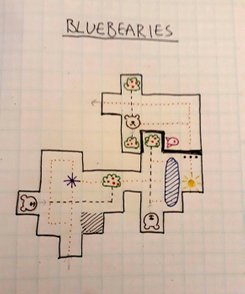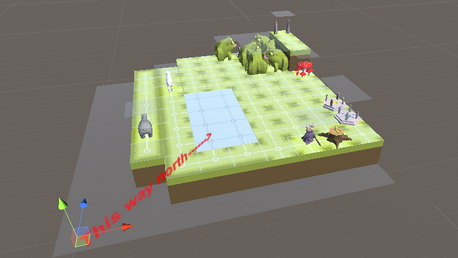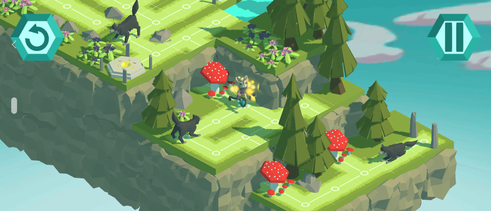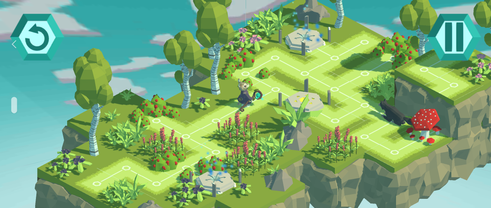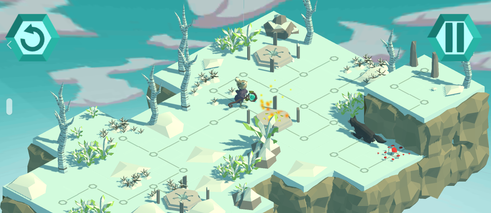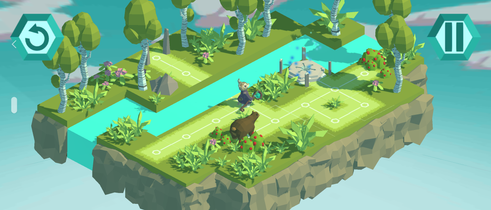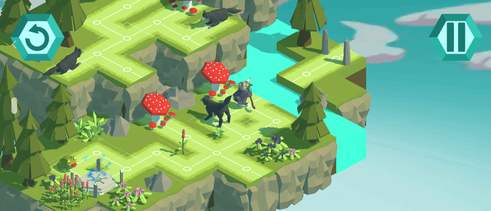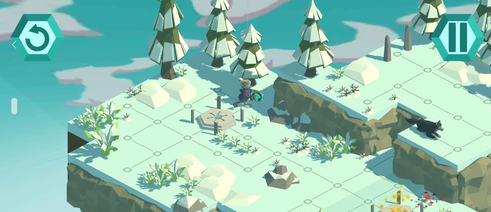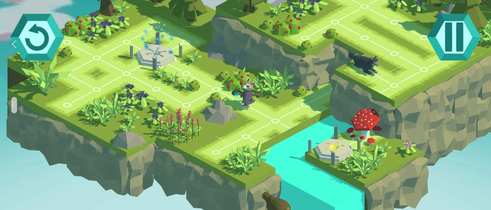LYNX
SUMMARY
As a lynx with a magic wand, you must use your magical power to change the seasons and avoid all the dangerous animals on your journey through the forest.
Lynx is a mobile puzzle game where you must figure out the way to move across each level without being eaten by any animal on the way.
This game was submitted to the 'Rookies' game competition and won the title "Game of the year" for the category of mobile games.
In this game. each animal has a specific behaviour and movement pattern. When changing the season from summer to winter, the behaviour of the animals, as well as the landscape, also changes. Bears fall asleep, fireflies dissappear, rivers freeze over, the bouncy mushrooms get smaller, and so on. This changes the available paths for the player, making it a challenge to figure out how to best make use of your magical power to move forward. The game was inspired by Lara Croft Go.
SPECIFICATIONS
- Developed in 6 weeks half time
- Levels co-designed with Robin Jansson
- Software: Unity
MY CONTRIBUTIONS
- Designing levels and puzzles
- Taking a big part in the game design process
- Designing game mechanics and patterns
- Building and decorating levels
THE PROCESS
As the design process started before a level editor had yet to be completed, most of the puzzle design had to be done on paper. After deciding on the main puzzle mechanics, me and my co-designer Robin Jansson started drawing paper overviews and cutting out smaller pieces of paper that could act as the different animals. Early playtesting was done by moving the paper pawns manually on the paper overview to simulate each player move. While a bit challenging, it worked to keep us being able to design levels while the level editor was still being developed.
Once the level editor was available, we could start to test the mechanics in Unity and make minor iterations, as well as decorate the levels.
A main challenge of this project was introducing the large number of game mechanics to the player in an intuitive way, without it becoming overwhelming and difficult to understand. This meant that the new mechanics had to be introduced in a slow and orderly way. One way in which we solved this was to first make simple introductory levels which focused on just one game mechanic at a time. Then, in the following levels, either combining two already introduced mechanics, or introducing a more complicated puzzle using one previously introduced mechanic.
